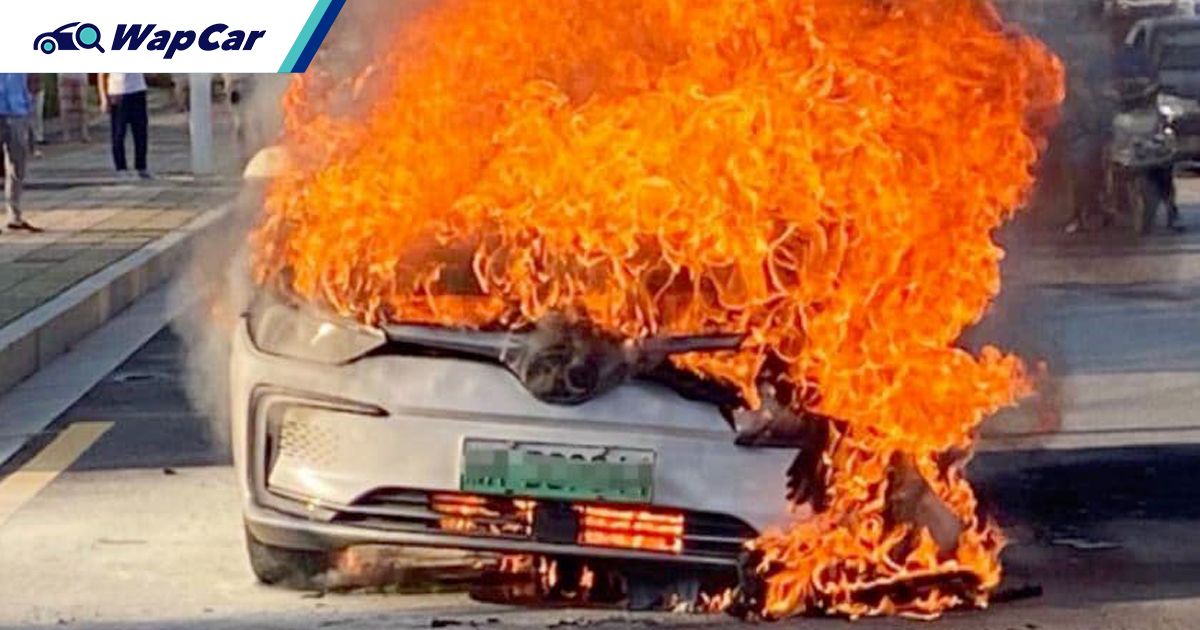some of the more recent fires have been the BYD “HAN” which uses the popular “Blade” LFP cell system.
so how can you state that LiFePO4 eliminates most of the fire risk .?
I think that fire risk is largely because of the electronics in the "Blade" system. I posted a video above demonstrating what LiFePO4 does when you puncture it. Do that to LiIon, and 100% of the time, it will burst into flames. LiFePO4 indeed almost eliminates the risk. Key word being almost, which is not the same word as entirely.
I'm a proponent of "dumb" systems that use large AH LiFePO4 batteries configured as a single series string. After an initial bottom balancing, and if all of the interconnects are done correctly, they will stay stable for decades and all remain within 0.001V of each other. Without a BMS. A BMS can actually damage them if you let them sit for long enough. I like my EVs "dumb" with the electronics kept to a minimum. The car I converted to electric has remained mostly analogue, without all of the tech fetishism found in modern EVs that is difficult to repair, in favor of "dumb" systems that can be serviced with basic hand tools. THIS is how you build an EV to last a human lifetime, not having a rat's nest of wires and sensors run by a CANBUS locked behind proprietary tools and software where your car bricks if you crack the touch screen. Instead, "Bubba" mechanic, the illiterate high school dropout down the street, would be able to fix this EV over a few beers with his cheap tools from Harbor Freight, something he can't do with any modern EV. What's better for the environment?
Also compare the statistics with gasoline cars catching fire, and you will find that even LiIon EVs are generally favorable on that metric.
Government data show gasoline vehicles are up to 100x more prone to fires than EVs
LiFePO4 are of course greatly favorable to LiIon on that same metric.
Of course, my ebike uses LiIon. Molicel P42A. You bet your ass I have a BMS on that. The only chemistries I would ever use without a BMS are all going to be configured as single series strings, and are PbA, NiCd, NiFe, LiTO, and LiFePO4. My electric trike has electronics more complicated than my electric Triumph GT6 conversion.


